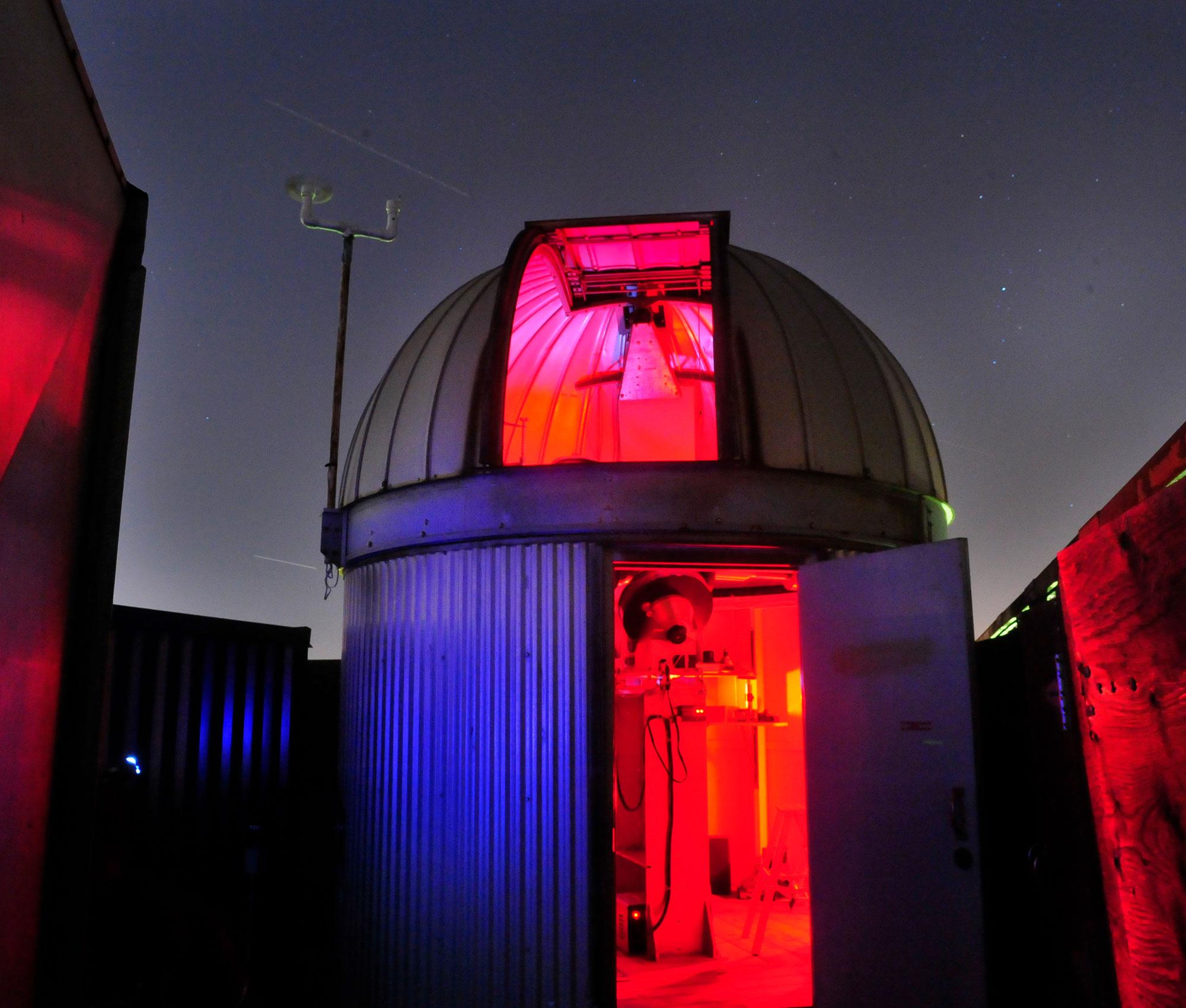“… let us accept Scarab, ugly and venomous though it certainly seemed when we first visited it last July, looking forward to the novelty, beauty and peace of our proper home in Scarborough where, ‘exempt from public haunt’, we shall indeed find
‘Tongues in trees, books in the running brooks,
Sermons in stones, and good in everything.’”
(Plumptre 1965, 3)
This was a remark made by A.F.W. Plumptre, the second principal of Scarborough College (now University of Toronto Scarborough), during a Council Meeting in September 1965. He oversaw the official opening of the College in October 1966, and though his words ultimately end on an encouraging note, they also reflect an unease with Scarborough’s location. Indeed, bordered by residential areas on one side and untamed forestry on the other, the College’s rural environment was a far cry from the central, urban location of the St. George campus. This presented a variety of challenges regarding transportation, accessibility, reputation, and institutional identity, among others. For students, staff, and faculty alike, then, Scarborough College appeared to be in the literal middle of nowhere, and Professor Plumptre was correct in predicting that this would be a hurdle that the College community would have to work together to overcome. What Professor Plumptre couldn’t have predicted, though, is how useful this woodland environment would be for certain fields of study, particularly that of astronomy.
The combination of Scarborough’s relatively small population and expansive greenery created superb conditions for viewing and studying the night sky. The College was quick to capitalize on this, and, in early 1980, the Department of Astronomy welcomed the first true star of its Observatory: the 12-inch Questar telescope (Harford 1980, 2; MacDonald 1986, 15). Equipped with a modern spectrometer and photometer, the telescope was then at the cutting edge of technology, and, according to one observer, revealed “an astonishing number of deep-sky objects”: to name a few specific examples, Jupiter appeared “beautiful beyond description”, and Saturn was viewable “with a clarity I have never before experienced” (Scarborough College, University of Toronto 1980, 48; MacDonald 1986, 16). Moreover, such astounding sights weren’t reserved for faculty alone! In the 1980-81 academic year, the Department of Astronomy introduced a new “astrophysics laboratory” course titled “Practical Astronomy” (ASTB02) in which students had the opportunity to gain “practical experience in astronomical photography, spectroscopy, and photometry” using the College telescope (Scarborough College, University of Toronto 1980, 48, 50). Students and scholars were thus both able to take part in the latest scientific breakthroughs at Scarborough College, and thereby situate themselves at the forefront of astrophysical innovation and discovery in Canada.
The Scarborough College Observatory continued to add to its technological repertoire into the new century, and, now known as the UTSC Observatory, has earned quite a bit of fame in recent years for various discoveries. In 2016, for example, as part of the Western University-established All-Sky Camera Network, the Observatory webcam captured a “bright fireball” streaking across the night sky, garnering popular media attention (Campbell 2017; CTVNews.ca Staff 2016). In 2018, the Observatory captured video of a meteor that “may have landed between Saint Joseph and Crediton, Ontario” (Burrell 2018). According to Peter Brown, a Professor at Western University associated with the Southern Ontario Meteor Network, “the study of these meteors is important, as they offer hints at how our solar system formed” (Burrell 2018). In this way, UTSC was able to bridge the gap between Scarborough and the stars, and thereby contribute to the effort to learn more about the universe and our place in it.
Unfortunately, the UTSC Observatory ceased operations in 2019 “due to new university priorities”; moreover, according to Hanno Rein, an Associate Professor at UTSC in the Department of Physical and Environmental Sciences, “multiple construction projects” in Scarborough “severely deteriorated the observing conditions” and left the Observatory helpless (UTSC Observatory 2019; Hanno Rein 2019). This closure was a significant loss to both the UTSC community and the scholarly community at large, but the contributions of the Observatory to scientific advancement remain a point of pride; indeed, the discoveries of the Observatory allowed us all to reach for the stars, if only for a little while.
Bibliography
Burrell, Joseph. 2018. “UTSC Observatory catches glimpse of bright meteor.” University of Toronto Scarborough, January 26, 2018. https://utsc.utoronto.ca/news-events/our-community/utsc-observatory-catches-glimpse-bright-meteor.
Campbell, Don. 2017. “UTSC Observatory joins network of meteor hunters in southern Ontario.” University of Toronto Scarborough, February 23, 2017. https://utsc.utoronto.ca/news-events/archived/utsc-observatory-joins-network-meteor-hunters-southern-ontario.
CTVNews.ca Staff. 2016. “Apparent meteor lights up sky over Toronto.” CTV News, October 5, 2016. https://www.ctvnews.ca/sci-tech/apparent-meteor-lights-up-sky-over-toronto-1.3102562?cache=geqlhfyrmsffe.
Harford, David. March 31 1980. “U of T’s Newest Telescope.” David Dunlap Doings 13, no. 2: 2-9. University of Toronto Department of Astronomy and Astrophysics Library. https://www.astro.utoronto.ca/AALibrary/dddoings.html.
MacDonald, Walter. 1986. “The Questar 12 Experience.” National Newsletter 80, no. 1 (February): 15-16. Royal Astronomical Society of Canada.
Plumptre, A.F.W. September 20 1965. Scarborough College Council: Opening Meeting of 1965-66 Session. University of Toronto Scarborough Library, Archives & Special Collections, A.F.W. Plumptre Collection, file 009-1-2, “University records”.
Rein, Hanno (@hannorein). 2019. “With great regret, I have come to the conclusion that it is simply not feasible to keep the @UTSCObservatory open.” Twitter post, March 15, 2019, https://twitter.com/hannorein/status/1106633370170245120.
Scarborough College, University of Toronto. 1980. Calendar 1980-81. Toronto: University of Toronto.
UTSC Observatory (@UTSCObservatory). 2019. “The Astronomical Observatory at the University of Toronto Scarborough has ceased operations.” Twitter post, March 15, 2019, https://twitter.com/UTSCObservatory/status/1106627935463714816.





